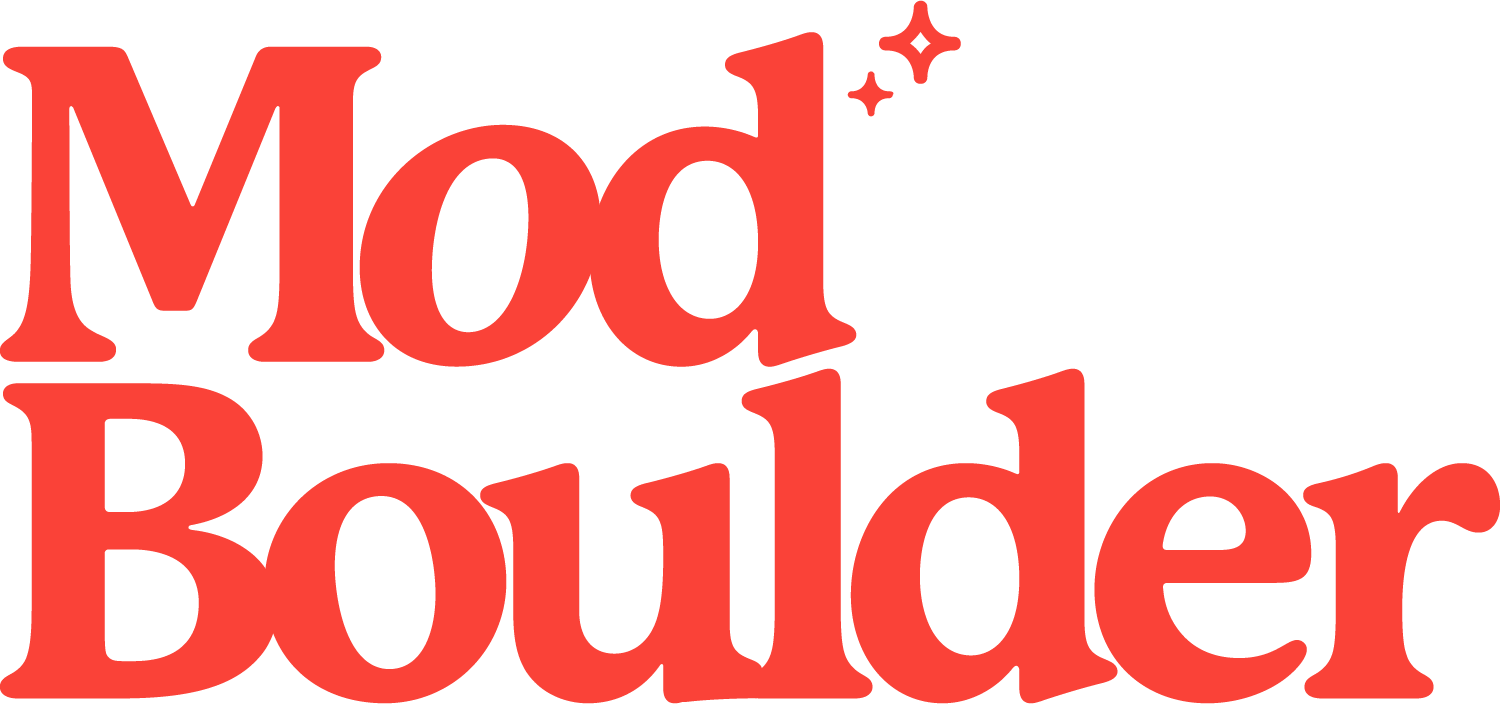The 30-Year Itch
The average interest rate on a 30-year mortgage is now 5.35 percent. That’s over two percentage points higher than at the beginning of 2022. These higher interest rates will undoubtedly change the home-buying scene as people weigh the costs of borrowing. But one constant is that the majority of new mortgages are of the 30-year fixed variety. Ever wonder why?
In ancient civilizations, debtors swore a pledge to obtain property. The pledgor would make an agreement with a pledgee to exchange property for repayment over time. The pledge became “dead” when the borrowing party either completely satisfied or could not meet the agreement.
The origin of the mortgage has Greek and Roman ties, borrowing debt-and-repayment concepts from Judaic principles. Roman citizens adhered to the concept of debt security by assigning ownership of property to the creditor while the debtor remained in control of the property until the debt was repaid. In societies where lending practices were adopted, these historical influences continued to have an impact, including the English common law that fully embraced all aspects of the money-lending business. Clearly, today’s mortgage has origins in ancient money-lending practices.
Fast forward to the first few decades of the 20th century, when a typical mortgage was for three to five years. Buyers most often provided a 50 percent down payment, and payments covered only the interest. At the end of the term, a massive ballon payment was due. However, homeowners of this era rarely paid off their mortgage in full. Instead, they simply refinanced into another five-year mortgage.
As long as banks had money to lend, this approach worked well. But when the stock market crashed in 1929, panic and uncertainty ensued. Mass foreclosures and chaos reverberated throughout the housing market. In 1932, over 273,000 people lost their homes. The next year was even more dire, as mortgages were being foreclosed at a rate of a thousand per day.
At this point, government intervention was needed. Newly elected Franklin Delano Roosevelt took office in March 1933 and immediately went to work. Congress established the Home Owners’ Loan Corporation (HOLC), followed by the Federal Housing Administration (FHA).
The purpose of the HOLC was to refinance mortgages in default to prevent foreclosure, as well as to expand home-buying opportunities. Essentially acting as a federally sanctioned insurance company, the FHA was instrumental in guaranteeing loans, establishing uniform lending and appraisal standards, and promoting homeownership at a perilous time. It was one of the key institutions leading the country out of the Great Depression. Additionally, the FHA created the 15-year mortgage, and over time, expanded its length, first to 20 years, then 25, and eventually settling on 30. However, the 30-year mortgage didn’t immediately take off.
For much of the early 20th century, from the ‘30s to the ‘50s, the 15-year mortgage was the most popular option. It was only when interest rates rose in the mid ‘50s that it became clear that a 30-year term could help offset the peaks and valleys of the market.
While homeowners appreciated predictable payments over an extended time, a 30-year mortgage with a fixed interest rate didn’t sit well with banks. The interest rates banks paid to depositors, as well as the rate at which they borrowed, wasn’t fixed. In the 1970s, Congress corrected this by authorizing Fannie Mae and Freddie Mac to buy mortgages from lenders, removing the bulk of the risk. Suddenly, 30-year mortgages were everywhere and first-time homebuyers were the appreciative beneficiaries.
Will the 30-year mortgage continue its reign? Essentially, the 30-year mortgage can be a driver of higher home prices, by making it easier for buyers to manage a larger loan. These buyers end up paying out a lot more interest over the loan’s life. The amount of principal in relation to interest is small and building up equity takes a while. Of course, 5-, 15-, and 20-year mortgages are available if you’re able to make higher monthly payments. But ultimately, the 30-year fixed is so ingrained in our psyche and the lending system, it’s hard to imagine it being dethroned.

